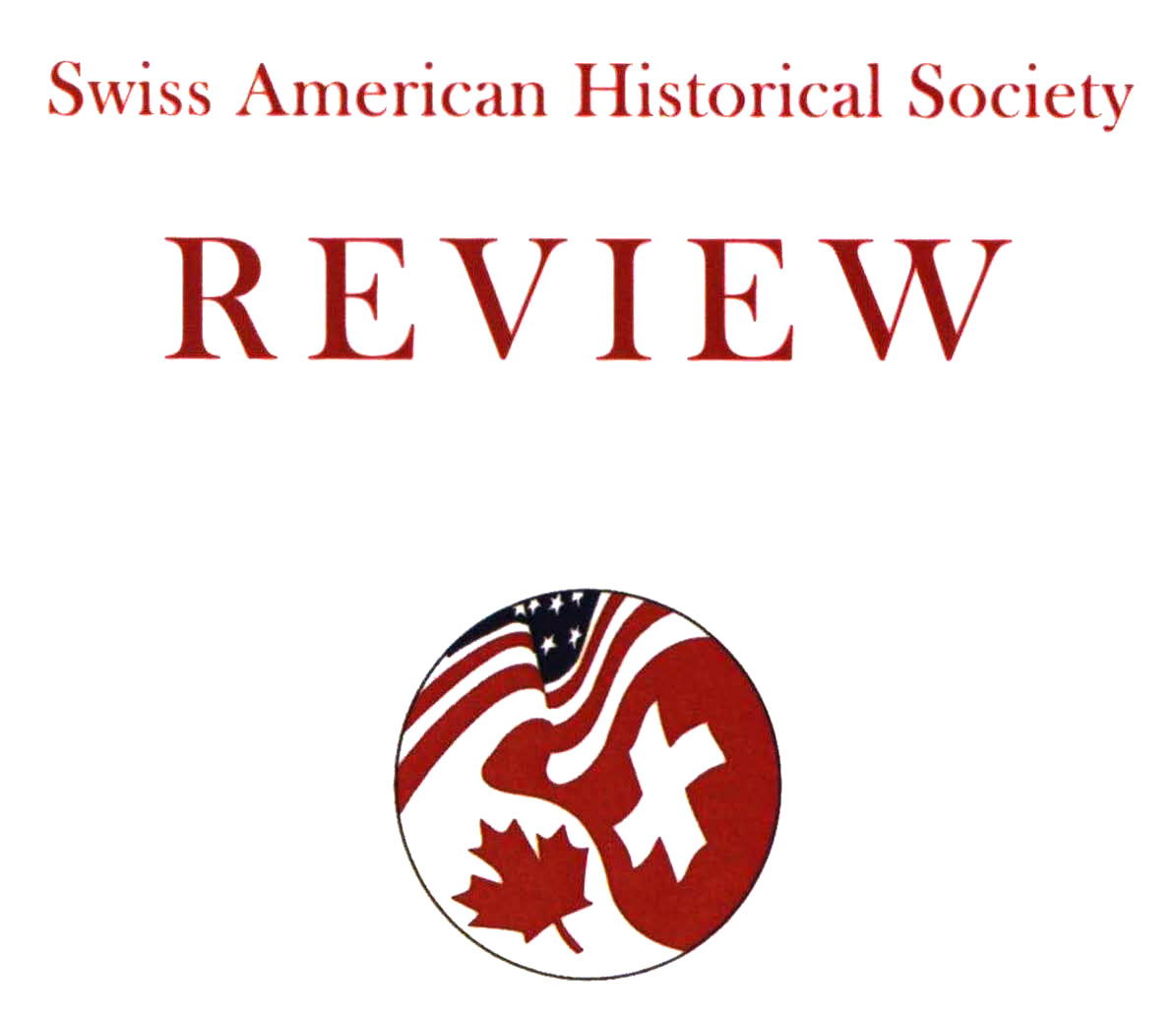Swiss American Historical Society Review

Keywords
Burgundy, history, Burgundian leaders, Philip the Good, European politics
Abstract
In the late Middle Ages Switzerland's principal rival was the Duchy of Burgundy. Although the medieval Kingdom of Burgundy has long since vanished, in the fifteenth century Burgundy was one of the most powerful states of Europe.2Its territories included present day Belgium, Holland, the French provinces of Flanders, Alsace, Lorraine, Franche-Comte, Savoy and Burgundy, as well as the three Swiss cantons of Geneva, the Vaud and the Valais. For nearly two millennia, these territories of the old Kingdom of Burgundy have been among the most progressive in Europe. The "loi gombette" of the ancient Burgundians was the most humane of the barbarian legal systems used in Europe after the fall of the Roman Empire (Calmette 2). The region of Burgundy was profoundly urbanized and Christianized during the Roman era. The two urban centers of Roman civilization in Gaul, Autun and Lyon, were both located within the territory of Burgundy. In the tenth century the monastic movement of Cluny, a village in southern Burgundy, ignited a series of monastic and religious reforms throughout Europe. In fact, since the time of the Romans the region of Burgundy has been the most populous, the most urbanized, the best fortified, the most legally, 5 intellectually and commercially advanced in Europe (Boehm 26). In this respect, it is important to bear in mind that the present capital of the European Union, Strasbourg, was also once within the orbit of Burgundy's influence.
Recommended Citation
Page, H. Dwight
(1996)
"Switzerland and Burgundy in the Late Middle Ages,"
Swiss American Historical Society Review: Vol. 32:
No.
3, Article 4.
Available at:
https://scholarsarchive.byu.edu/sahs_review/vol32/iss3/4
